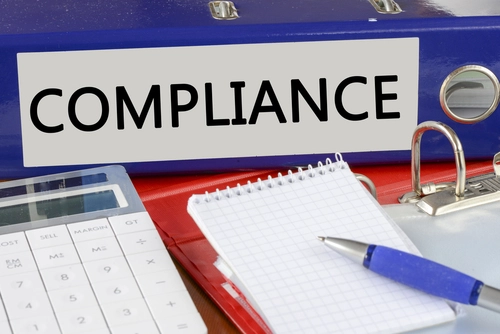OIG to Scrutinize Prolonged Services, Home Visits and More in 2016

Starting Jan. 1, you’ll want to make sure you button up your documentation for prolonged services, because the OIG has released its long-awaited 2016 Work Plan -- which includes the agency’s intentions to review Medicare claims for everything from home visits to portable x-rays and more.
What the Work Plan is: The OIG Work Plan details issues that the Office of Audit Services, Office of Evaluation and Inspections, Office of Investigations, and Office of Counsel to the Inspector General will address during the fiscal year. The agency published its latest document on Nov. 2, which outlines the target areas it will be reviewing in 2016, and we’ve got the highlights below.
Prolonged Services Under Fire
One of the OIG’s 2016 intentions is to evaluate whether prolonged services were reasonable. “The necessity of prolonged services are considered to be rare and unusual,” the OIG says in the Work Plan. Therefore, if you’re billing prolonged services (such as +99354 and 99355) for the majority of your E/M services, you’re definitely considered an outlier. The OIG news is particularly timely since CPT® 2016 will be debuting two new codes (+99415-99416) for prolonged clinical staff services.
How to button up: You should only report prolonged service codes in addition to E/M codes that have a typical or specified time in the code descriptor. The +99354 descriptor indicates it’s for the first hour of prolonged services—the time involved does not have to be consecutive, but it does have to be on the same day. Use +99355 to report each additional 30 minutes beyond the first hour, depending on the place of service. In addition, your documentation should clearly reflect an explanation of why the service was extended.
Watch Your Home Visits
The OIG will also be checking whether your home visit services were reasonable and made in accordance with Medicare rules. “Physicians are required to document the medical necessity of a home visit in lieu of an office or outpatient visit,” the OIG says in the Work Plan. CMS has disbursed $559 million in payment for these services since 2015, and the agency clearly wants to ensure that all of that is legitimate.
How to button up: If you’re reporting home visit codes 99341-99345 (for new patients) or 99347-99350 (for established patients), make sure you can document a medical reason for the visit and a medical reason that the patient cannot make the trip to the office or clinic.
The medical reason for the visit is easy to document—it can be any type of problem that the physician would see a patient for in the office, such as influenza or a regular check for high blood pressure.
Documenting the medical reason that the patient needs treatment at home is more difficult. Section 15515 of the Medicare Carriers Manual says that the patient does not have to be confined to the home (as is necessary for services provided under the home health benefit) but the “medical record must document the medical necessity of the home visit made in lieu of an office or outpatient visit.” If the patient is blind, a paraplegic or meets other criteria that make it difficult for her to travel to your office, then you must document that accordingly. The reason for the home visit cannot be for convenience—for instance, if the patient can’t get a ride.
Some Issues Carry Over From 2015
Although the services above are new to the Work Plan this year, the OIG does repeat itself with several line items in the document. For instance, the agency scrutinized personally-performed anesthesia services this past year, and intends to keep that topic on the radar screen in 2016. In addition, the agency is continuing to scrutinize Part B payments for chiropractic services, as well as portable x-rays and outpatient physical therapy.
Resource: To read the Work Plan in its entirety, visit http://oig.hhs.gov/reports-and-publications/archives/workplan/2016/oig-work-plan-2016.pdf.




